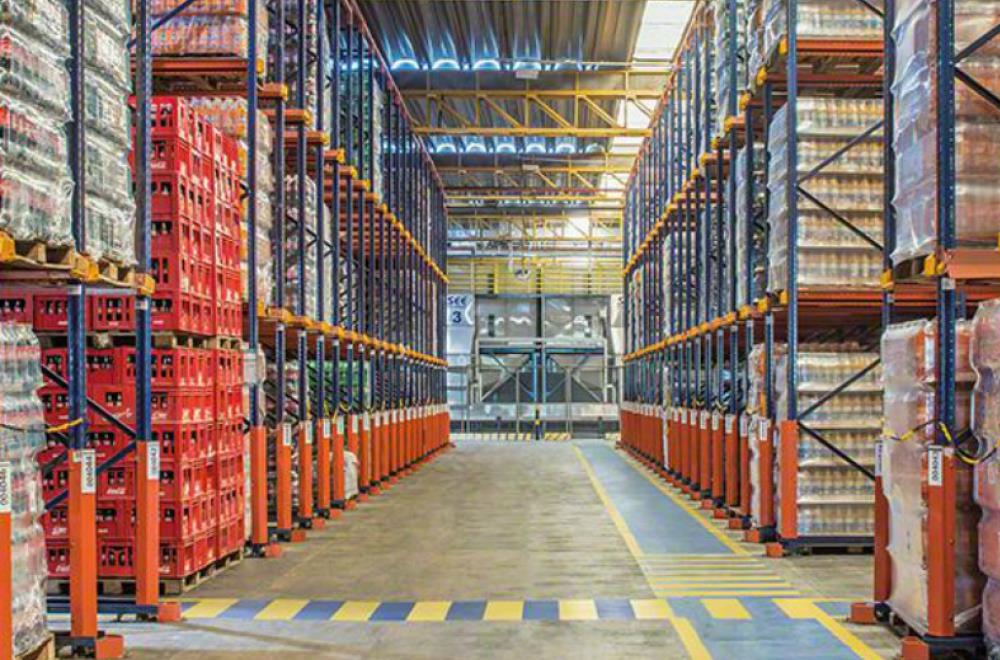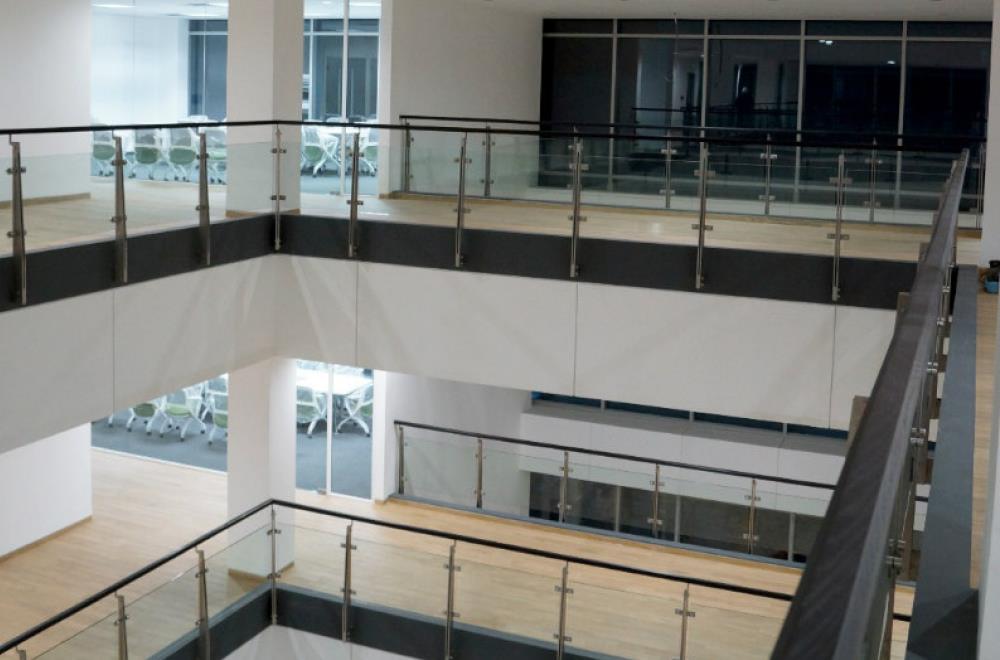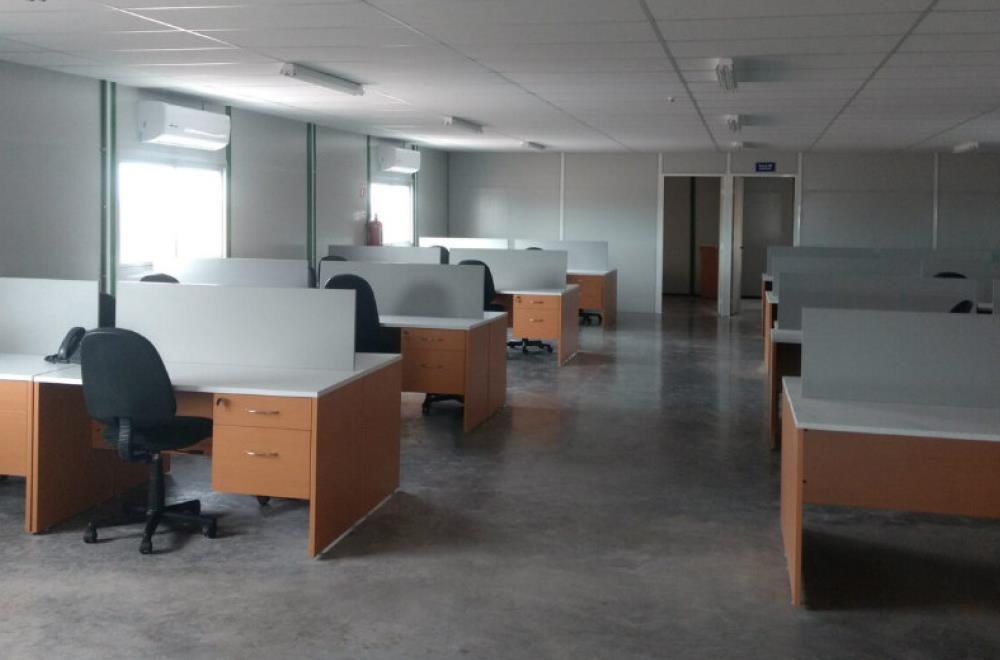
In the construction world, efficiency, collaboration, and cost-effectiveness are key to a successful project. That’s where the design-build approach comes in—a method that’s gaining traction for delivering projects faster, reducing costs, and enhancing communication. In this blog post, we’ll explore what design-build construction is, how it works, and why it’s quickly becoming the preferred method for clients seeking streamlined, high-quality results.
The traditional construction model splits the design and construction phases, often leading to miscommunication, delays, and cost overruns. In contrast, the design-build approach integrates both phases into a single contract, with one team handling everything from initial concepts to final construction. By having a single point of responsibility, the process becomes more cohesive, reducing the risk of costly errors and ensuring that the design aligns perfectly with the client’s vision.
One of the biggest advantages of design-build is speed. When design and construction are handled by separate entities, project timelines often get stretched due to back-and-forth communications, redesigns, and unforeseen issues. In a design-build model, everything happens concurrently, which speeds up the decision-making process and allows for early procurement and pre-construction activities. As a result, we can break ground faster and deliver projects ahead of schedule.
In a design-build project, the design and construction teams work closely together from the beginning, which helps identify cost-effective solutions early on. This collaboration minimizes change orders and unexpected expenses that can arise from misaligned design and construction phases. We ensure that every aspect of the project is optimized for both quality and budget, providing clients with a more cost-efficient build.
Miscommunication is one of the biggest sources of delays and errors in traditional construction methods. The design-build model solves this by offering a single point of contact. With one entity responsible for both design and construction, clients benefit from clearer communication, faster issue resolution, and a more streamlined project flow. This setup also fosters accountability, as the design-build team is fully responsible for delivering the project as promised—no finger-pointing, just results.
Quality control is another area where the design-build approach shines. By integrating design and construction teams, we can maintain higher standards throughout the project. From material selection to craftsmanship, every detail is managed cohesively, reducing the risk of design errors and construction defects. Our approach ensures that clients receive a final product that meets or exceeds their expectations, with fewer headaches along the way.
The design-build model is reshaping the construction industry by offering a more efficient, collaborative, and client-focused approach to project delivery. Whether you’re planning a residential project, a commercial development, or anything in between, design-build can save you time, money, and stress while ensuring top-notch results. We’re proud to offer this service as part of our commitment to providing clients with innovative solutions that lead to successful, high-quality builds.



